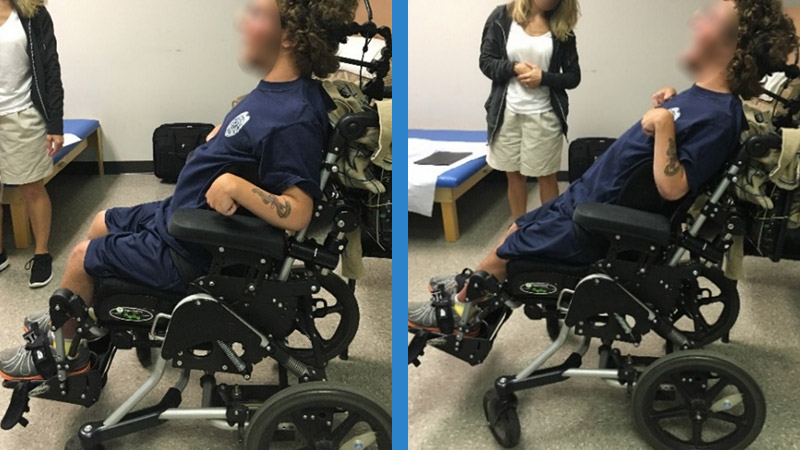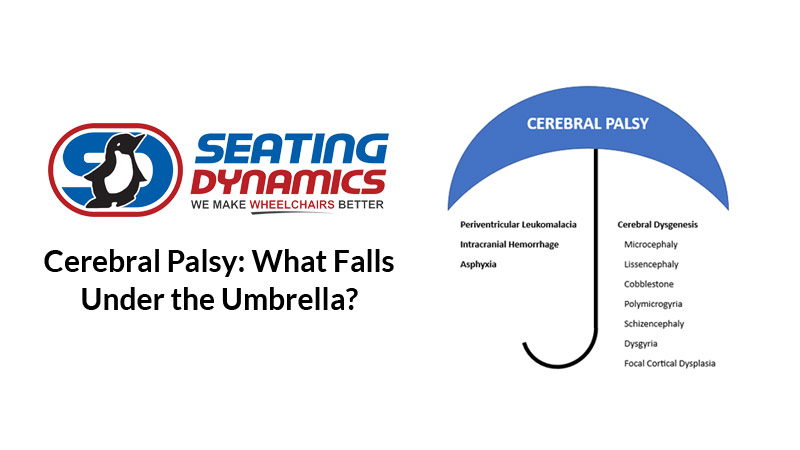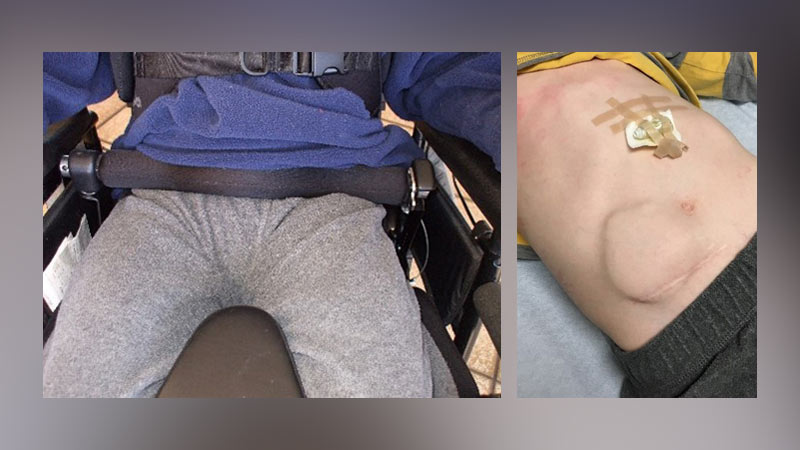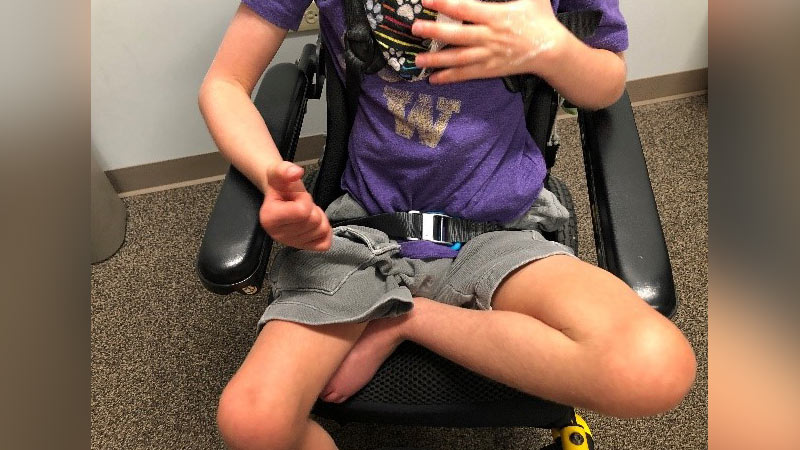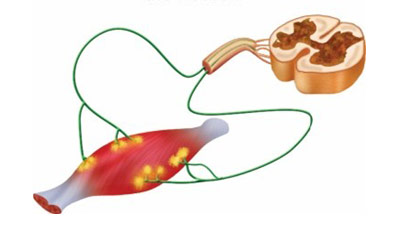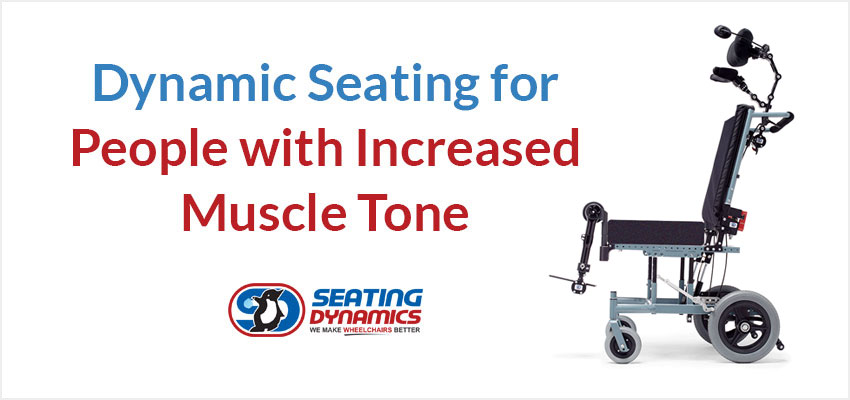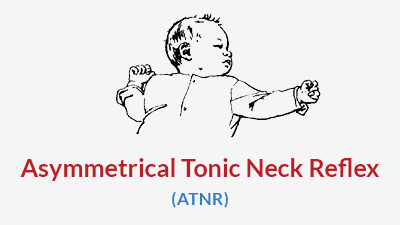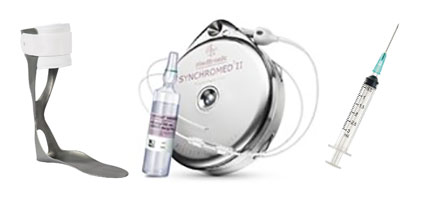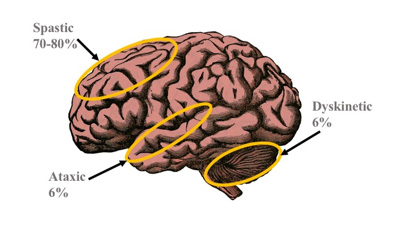Whole Body Extensor Spasms and Dynamic Seating
In the past, whole body extensor spasms were often referred to as an Extensor Thrust or Extensor Thrust pattern. Whole Body Extensor Spasms is a recently introduced term which is more descriptive of what is actually happening to the body.
Cerebral Palsy: What Falls Under The Umbrella?
Many people with cerebral palsy who use a wheelchair can benefit from Dynamic Seating to provide movement, absorbing forces from increased muscle tone and movement patterns. With this in mind, it is important to understand that advances in medical testing have led to changes in how we understand this diagnosis.
How Young Is Too Young? Dynamic Seating and Age
In a previous blog , we addressed how to accommodate client growth when using Dynamic Seating components. In this blog, we will address how early Dynamic Seating should be introduced with our youngest clients.
Why Don’t We Use Sub-ASIS Bars Anymore?
Sub-ASIS bars are still available, though certainly not used frequently. To the point that a seating and wheeled mobility specialist could be shunned for using one. Why? What changed?
Changing Medical Presentation Can Mean Changing Seating Needs
I often say that the only constant in the clients that I serve is CHANGE. I work mostly in pediatrics, so kids tend to grow and, as a result, outgrow their equipment. In kids, however, we have to deal with more change than simple linear growth.
What is Muscle Tone?
If a client has increased muscle tone, this will impact what seated position is selected and what seating strategies will be used to achieve and maintain this position.
Dynamic Seating for People with Increased Muscle Tone
This blog is the final in a series on Muscle Tone. This series has addressed muscle tone itself, movement disorders, primitive reflexes, diagnoses characterized by increased muscle tone, tone management, and general wheelchair seating strategies used with this population.
What are Primitive Reflexes?
Primitive Reflexes, also called obligatory patterns, are commonly seen in people with increased muscle tone. These reflexes are present in infancy and often aid in specific tasks such as nursing.
Tone Management and Medical Interventions to Decrease Muscle Tone
This blog is part 5 of a series on Muscle Tone. Many medical interventions can impact wheelchair positioning for clients with increased muscle tone. This includes tone reduction medications, injections, surgeries, and orthotics.
Diagnoses Characterized by Increased Muscle Tone
This blog is part 4 of a series on Muscle Tone. Many diagnoses are characterized by increased muscle tone. These include cerebral palsy (CP), traumatic brain injury (TBI), multiple sclerosis (MS), and some metabolic and genetic disorders.

